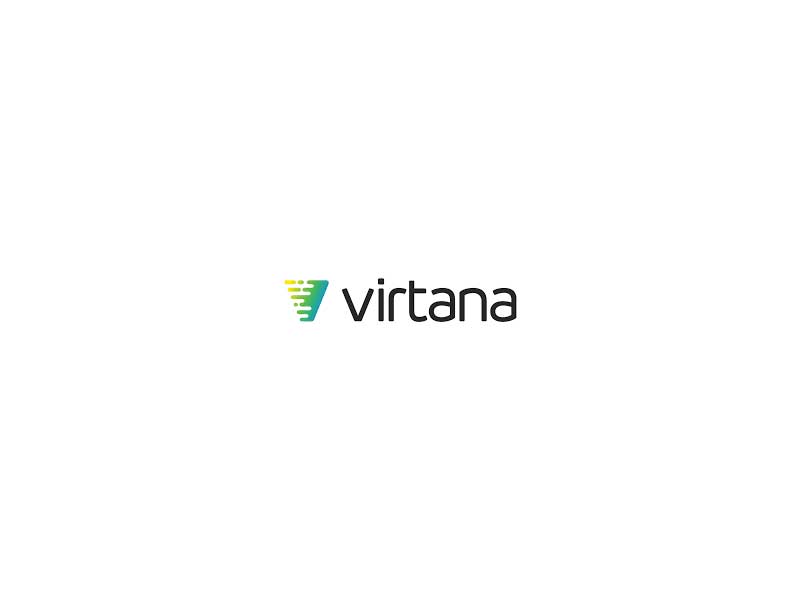The human society is no doubt built upon gazillion different components, but honestly speaking, none define it better than our tendency to grow under every situation. This unfaltering commitment towards getting better has brought the world huge milestones, with technology emerging as quite a major member of the stated group. The reason why we hold technology in such a high regard is, by and large, predicated upon its skill-set, which guided us towards a reality that nobody could have ever imagined otherwise. Nevertheless, if we look beyond the surface for one hot second, it will become clear how the whole runner was also very much inspired from the way we applied those skills across a real world environment. The latter component, in fact, did a lot to give the creation a spectrum-wide presence, and as a result, initiated a full-blown tech revolution. Of course, the next thing this revolution did was to scale up the human experience through some outright unique avenues, but even after achieving a feat so notable, technology will somehow continue to bring forth the right goods. The same has turned more and more evident in recent times, and assuming one new discovery ends up with the desired impact, it will only put that trend on a higher pedestal moving forward.
Virtana, the market leader in AI-driven application and infrastructure monitoring and observability solutions, has officially announced that it has secured two new patents concerned with the field of artificial intelligence. More specifically, these patents are expected to advance AI and machine learning (ML) use across stuff like application dependency mapping, cloud migration, and cost optimization. According to certain reports, the first patent will deliver at our disposal an innovative method for the automated grouping of related workloads at the data layer. This marks a critical enhancement for monitoring and observability space, especially when complex IT infrastructures are on the agenda. Not just that, it also simplifies migration planning, while simultaneously extending a deeper and AI-powered insight into application interdependencies and behaviors. The last bit is significant, considering the way it can impact our proactive monitoring and performance maximization efforts. Moving on to our second patent, it basically leverages AI to determine cloud configurations and cost estimates in a manner more accurate than what we have come to expect so far. By bringing such an AI-centric methodology to the table, this patent makes a massive leap towards ensuring that you are allocating your resources judiciously. Apart from that, it also chips in to improve our financial planning for cloud migrations. The improved bit of financial planning notably involves helping clients access an integrated view of cost, performance, and resource allocation. As powerful as they sound, though, these patents will join what is an already expansive IP portfolio, built up by Virtana to address the evolving challenges of hybrid cloud visibility, application monitoring, and infrastructure observability. Talk a little more about company’s in-house technology; it aids modern businesses’ case through a collection which is made from an open-source data center, along with various cloud-based components. Upon being integrated, the stated ingredients are able to conceive an essential layer of intelligence for more effective monitoring. This upgrade then solidifies our very prospects in regards to quickly identifying and resolving any issue.
“These patents symbolize Virtana’s dedication to advancing the field of IT infrastructure monitoring and observability through intelligent automation and AI-driven insights,” said Kash Shaikh, President and CEO of Virtana. “Our innovations in application dependency mapping, cloud migration, and cost optimization are not just add-ons but are central to our core monitoring solutions, providing our clients with a comprehensive and efficient toolset for managing complex IT environments.”
Founded in 2008, Virtana has risen up largely on the back of an industry-leading, applied hybrid observability platform, which it brought to effectively accelerate infrastructure innovation through deep-system data and centralized visibility. The platform, as we know, is also well-equipped to deliver a straightforward and more accessible brand of optimization, migration, and workload monitoring in the context of public, private, and hybrid cloud environments. In practice, the cloud-agnostic SaaS platform allows enterprises to efficiently plan their cloud migrations before right-sizing workloads across their hybrid cloud infrastructure for better performance and capacity at a lower cost. Virtana’s excellence in what it does can be understood once you consider how most organizations saw a nearly 35% reduction in hybrid infrastructure costs or more within the first 60 days of use. Boasting over 37 patents concerned with intelligent automation techniques for managing application workloads, the company has also been recognized as Coolest Cloud Company by CRN, Top Cloud Leader Reducing Public Cloud Costs by Business Insider, and Best Company Culture by Comparably.













